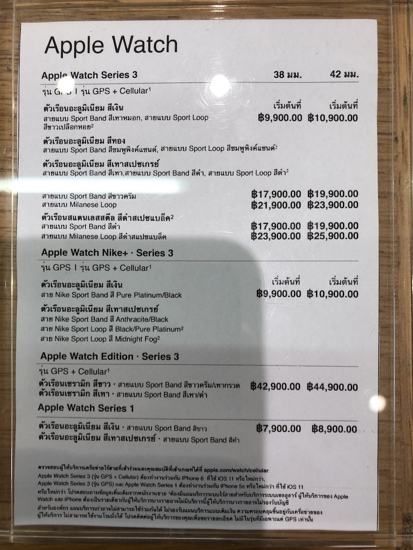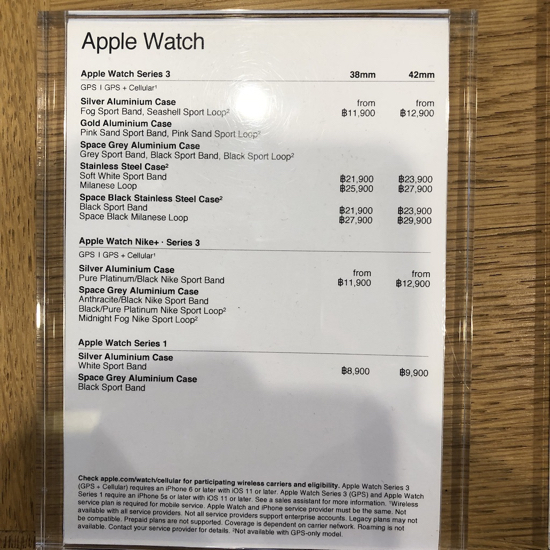|
|
eXtensions - The Wednesday File (75): Comments on Apple's new Releases; the Fallacies of Dongle Hell; Bonne Chance John DvorakBy Graham K. Rogers
One interesting point for me was the new battery in the iPhone Xs. In the iPhone X, this was in two parts, forming an L, but the new one has the two parts of the L combined, using some technology that Apple has a patent for. Brian Barrett (Wired) wrote some useful comments on the technical aspects of the battery development, noting that it does not have sharp edges, but rather the corners are rounded: a J, rather than an L. The reasons for this are because sharp edges in Li-ion cells are weak spots and Apple does not want any Samsung-like excitement. Both iFixit and Brian Barrett note that the iPhone Xs Max battery is still in two distinct sections, although it is not clear why this is. iFixit takes some time to discuss battery development from Apple, citing the 2015 MacBook Pro, but I go back further and remember the promotional video with the 17" PowerBook when Apple was praising the way it was moving away from traditional battery technology (round cells in a case - wasting a lot of space), and had moved to Lithium based sheets that they were able to fold and pack into a variety of configurations. I am also waiting for the analysis of the iPhones by AnandTech which tests and compares the phone. As well as the battery changes, there is an updated camera with a larger sensor (32%). That has increased the size of the bump, so that case I had hoped to use with the new phone may not fit after all: iPhone X Max, then? Also reporting on the new camera and its sensor, Devin Coldeway (TechCrunch) discusses the pixel size and the interesting way Apple has developed its phase detection autofocus (PDAF). One of the interesting comments that appeared on my Twitter timeline was from DHH (@dhh) who wrote, "The iPhone XS is faster than an iMac Pro on the Speedometer 2.0 JavaScript benchmark. It's the fastest device I've ever tested. Insane 45% jump over the iPhone 8/X chip.
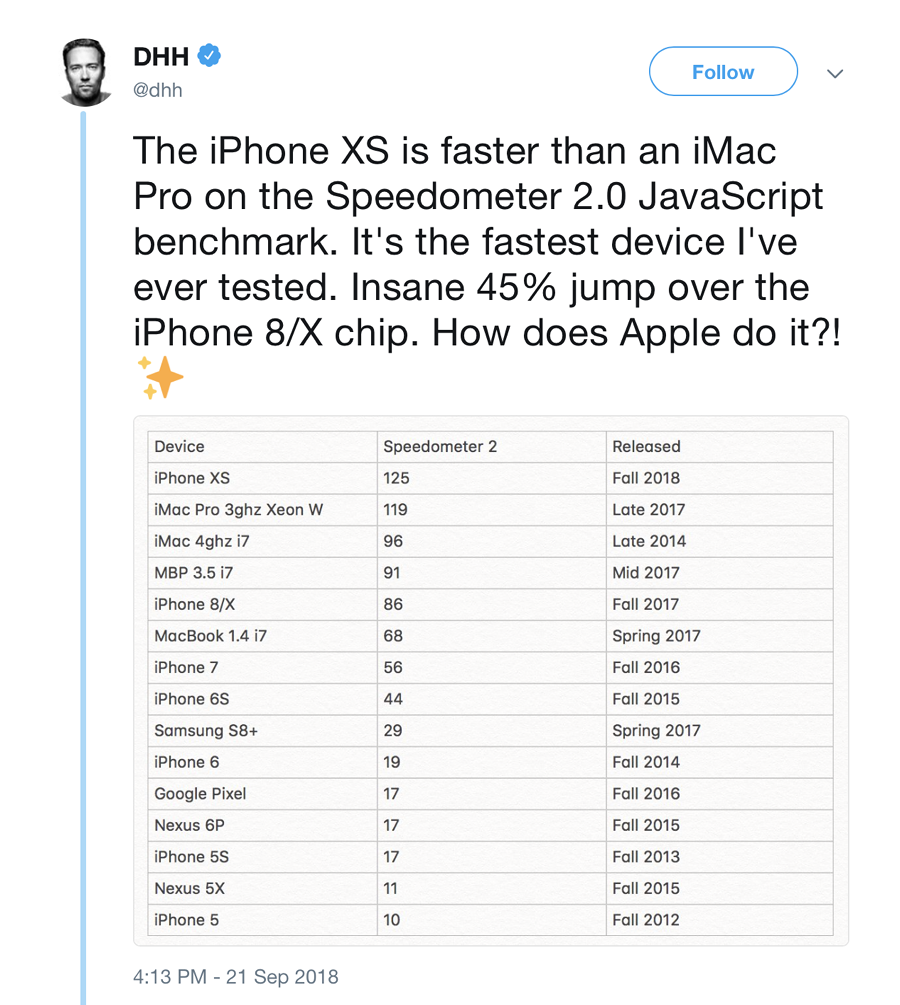
What this means for the user of an iPhone Xs (or Xs Max) is that apps will launch faster, tasks will be completed quicker and (particularly for those like me who sometimes push their iPhones) that includes editing larger and larger images. On occasion the iPhone X balks a bit with the 95MB photo files from the DSLR I now use, but I hope this will be smoother when the new phones arrive, whenever that may be here. This sort of performance improvement will also excite those who have been begging for Apple to switch the MacBook (or MacBook Pro) to A-series chips. Apple has resisted so far, although I am sure that, like the Intel chips when PowerPC was king, somewhere in a lab, macOS is running on one of these devices:L just for test purposes of course.
I wondered about a link here between lower heart rates at night and stroke. Most strokes occur during the night and if there is a connection that triggers the mechanisms known to cause stroke, such as a blood clot (Bumrungrad HealthPoint Blog), this could be a life-saver. This is speculation of course, but there are coincidental factors.
I have been running the MacBook Pro since late 2016. I had two for a while and a single-port MacBook too. I had a couple of adapters for the MacBook, but I have reduced the use of these because the external hardware I have acquired has the proper cables in most cases. The one exception (above) is something I find inexplicable and extremely frustrating: retail outlets sell the older hard disks with microB ports; they sell the Macs with USB-C; but with all the other cables and connectors they provide, I have never seen a microB to USB-C cable here. I have 4 of my own from Amazon and Lazada, with the latter shipped from Belkin in Thailand, so they are here: just not at the shops where they are needed most. Since the MacBook Pro arrived I have also bought three or more hard disks, from Lacie, CalDigit and most recently the SSD from Western Digital. These all came with USB-C ports and cables so connecting them was an adapter-free experience. The Nikon D850 came with a microB port, which prompted me to buy the cables from Lazada, but I already had one at home, and one in my office, so could swap about when necessary. The only adapter I use regularly is for USB-C to VGA as projectors at work still use this. I had a similar adapter for the previous two Mac notebook computers, which used different graphics ports. I also have one for iOS devices. By way of experiment I have bought USB-C adapters for HDMI, although usually connect to the television using AppleTV and wifi; and I also have a USB-C to Ethernet connector, which I have used once. I saw it on the Apple Store and could not resist. For older technology I also have a Firewire 800 to USB-C, but this disk is soon to be retired. I will give it to a PC user. In other words, for day to day running, I am adapter-free and not living in some fictional dongle hell like some writers, like Matt Weinberger (Business Insider) appear to think exists only for Apple users. Limiting yourself to USB-A connectors restricts the speed - you should see how fast 200 RAW images can be transfered using USB-C cables - and if you are still running older devices, you will never get the best out of a new Mac like the MacBook Pro. It is not a misfire, it is development: most Mac users eventually catch up: dongles or not. As an example of how the PC world keeps one foot in the past, I needed a USB mouse last week, but all those in the department were PS/2. Never advance if you live in the past: some of the PCs I see still have 3.5" disk drives.
There are several new features in iOS 12, but one that I had not seen reported concerns the Weather app. On Monday I was being chauffeured about in a university van applying for my visa and work permit. My place of work means all these applications are done out of Bangkok, but timing (especially for the visa) is important. Weather was quite bad on Monday and after the visa was stamped in my passport, we had a 25km run out to Nakhon Pathom. Halfway there I accessed the Weather app to see the weather at our destination and if it would ever end. I was going to add Nakhon Pathom to the panels, but when I accessed the app, it showed a screen for Nakhon Chaisri (our location then): rain, rain, rain. Later, when the work permit application had been submitted and we started to head back, I again tried the app. It identified my location (Nakhon Pathom) and gave me weather details for there. This is a useful little change and will save a lot of effort adding (and maybe deleting) these panels over time.
A side note: along with a number of other updates this week, one of my favorite iOS apps, Waterlogue has also been updated. Tinrocket who make some interesting apps, have something new in the works and I hope to sign up for a beta.

Graham K. Rogers teaches at the Faculty of Engineering, Mahidol University in Thailand. He wrote in the Bangkok Post, Database supplement on IT subjects. For the last seven years of Database he wrote a column on Apple and Macs. After 3 years writing a column in the Life supplement, he is now no longer associated with the Bangkok Post. He can be followed on Twitter (@extensions_th) |
|

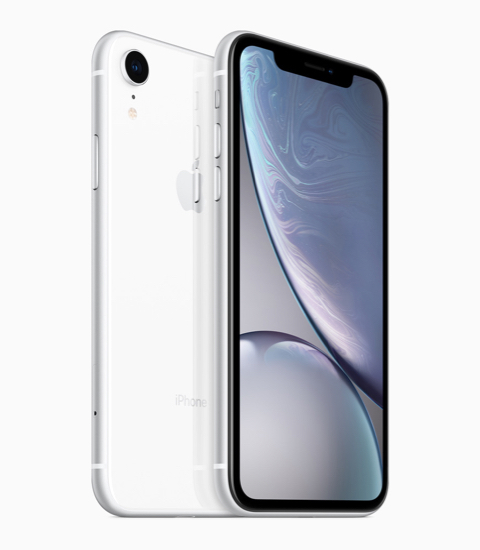 At the end of last week, some of Apple's new products went on sale in several countries and first impressions began to appear online. I tend to ignore most of these, but one I was waiting for was from iFixit who did
At the end of last week, some of Apple's new products went on sale in several countries and first impressions began to appear online. I tend to ignore most of these, but one I was waiting for was from iFixit who did 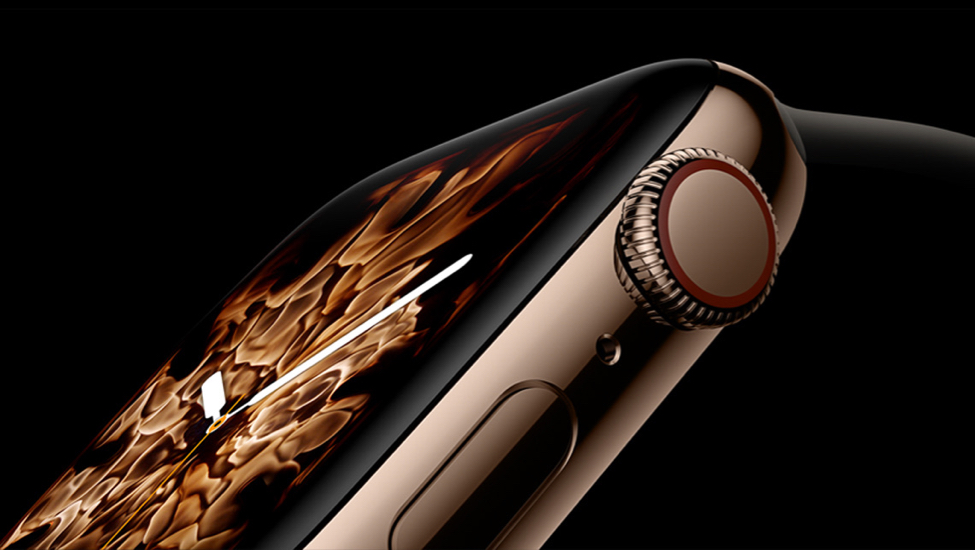 One of the useful changes to WatchOS was the ability to warn users when there is a persistent low heart rate. I notice that when I use the Cardiogram app (iPhone and Watch), the heart rate falls during the night with a couple of peaks when I visit the bathroom. The low figures are usually in the mid- to high-50s. That low warning comes in at a lower figure and is meant to indicate a specific risk type: when blood may not be getting to all the places it should and may not be able to feed the organs properly.
One of the useful changes to WatchOS was the ability to warn users when there is a persistent low heart rate. I notice that when I use the Cardiogram app (iPhone and Watch), the heart rate falls during the night with a couple of peaks when I visit the bathroom. The low figures are usually in the mid- to high-50s. That low warning comes in at a lower figure and is meant to indicate a specific risk type: when blood may not be getting to all the places it should and may not be able to feed the organs properly.
